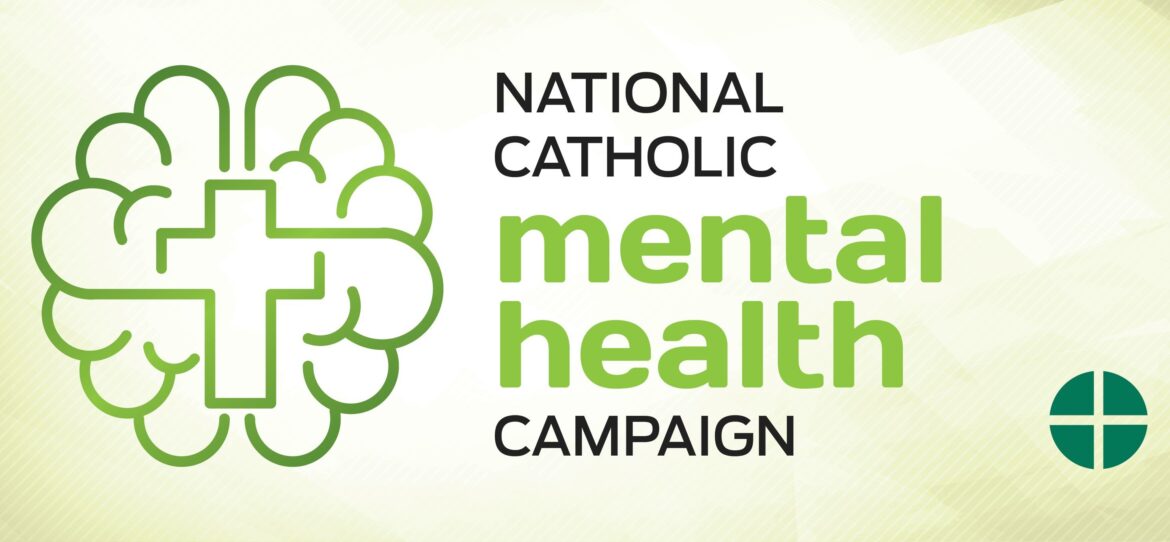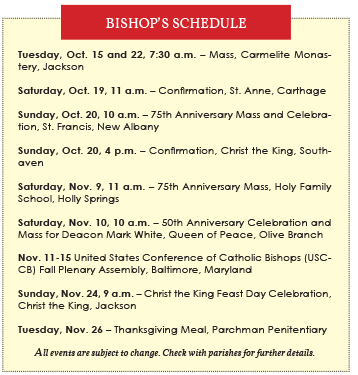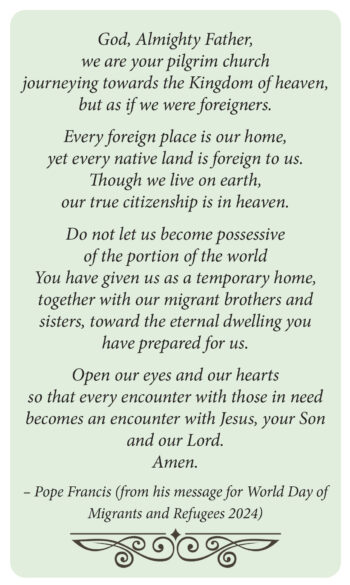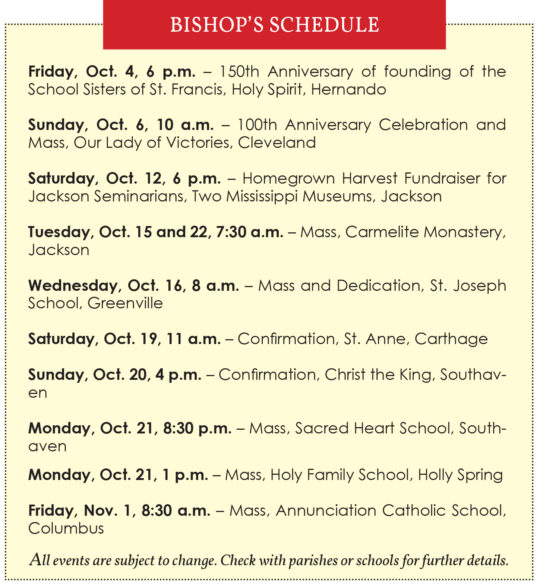By Bishop Joseph R. Kopacz, D.D.
“The Word became flesh and made his dwelling among, and we saw his glory, the glory as of the Father’s only Son, full of grace and truth.” (John 1:14)
This verse from the prologue of St. John’s Gospel is the proclamation par excellence of our Christmas faith. The infancy narratives of St. Matthew and St. Luke, written a generation ahead of St. John, impart the beloved narrative of the Lord’s birth, the essence of the Christmas manger scene in all its splendor that we all know and love. But the prologue from the Gospel of John, represented by the eagle, takes us to the lofty heights of our understanding of God’s eternal Word without the participation of Mary, Joseph, the shepherds or the magi. However, in an awe-inspiring and timeless manner, the introductions to the three Gospels combine to reveal the uniqueness, the harmony and diversity of the evangelists. We are enlightened by the breath and depth of God’s Word at Christmas.
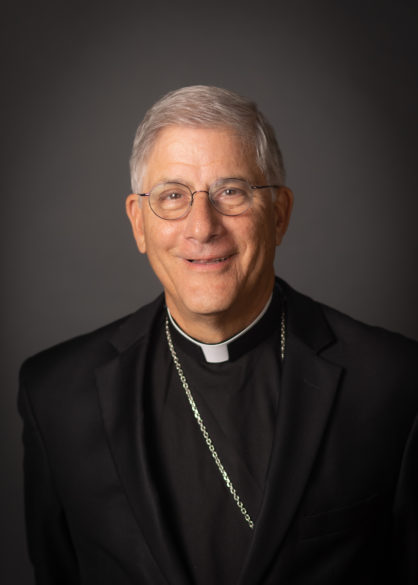
This Christmas we are doubly blessed with the inauguration of the Jubilee Year of Hope when Pope Francis flings open the Holy Doors of the four Basilicas in Rome. Crossing the thresholds of home and church through a door opened in loving hospitality is always a moment of grace and peace.
Many bemoan the sad state of affairs over locked church doors in the modern world while understanding the need for security. Total access to God in our sacred houses of worship would bring us back to better days and provide much consolation in a world that appears to be losing its soul. In this sense the opening of the Holy Door to begin the Jubilee Year is full of meaning.
Pope Francis offers this perspective: “Sustained by this great tradition, and certain that the Jubilee Year will be for the entire church a lively experience of grace and hope, I hereby decree that the Holy Door of the Basilica of Saint Peter in the Vatican will be opened on 24 Dec. 2024, thus inaugurating the Ordinary Jubilee. On the following Sunday, 29 Dec. 2024 I will open the Holy Door of my cathedral, Saint John Lateran, which on the 9 Nov. this year will celebrate the 1700th year of its dedication. Then, on 1 Jan. 2025, the Solemnity of Mary, Mother God, the Holy Door of the Papal Basilica, Saint Mary Major, will be opened. Finally, Sunday, 5 Jan. 2025, will mark the opening of the Holy Door of the Papal Basilica of Saint Paul Outside the Walls.”
In the Diocese of Jackson, we will inaugurate the Holy Year on the feast of the Epiphany, 5 Jan. 2025 at our Cathedral of St. Peter the Apostle, inviting the faithful to cross the threshold of hope imploring a year of grace and favor from the Lord. With the universal Catholic Church, the Jubilee of Hope will conclude on the feast of the Epiphany, January 2026.
What makes the opening of the Holy Door even more full of significance is that God first flung open the gates to paradise for us here on earth through the Incarnation, life, death and resurrection of Jesus Christ. God rolled out the red carpet to the heavenly banquet hall so that we can walk upon it as confident pilgrims who have been washed clean in the Blood of the Lamb. At the deepest level we do have total access to God’s presence through the indwelling of the Holy Spirit whose temples we are. We carry this life with us wherever we go as God-bearers and pilgrims of hope for our own lives and for the life of the world.
May we inspire one another with the conviction “that hope does not disappoint because God’s love has been poured into our hearts through the Holy Spirit.” (Romans 5:5) In the light of faith that shines in the darkness we can bless one another. Merry Christmas!


